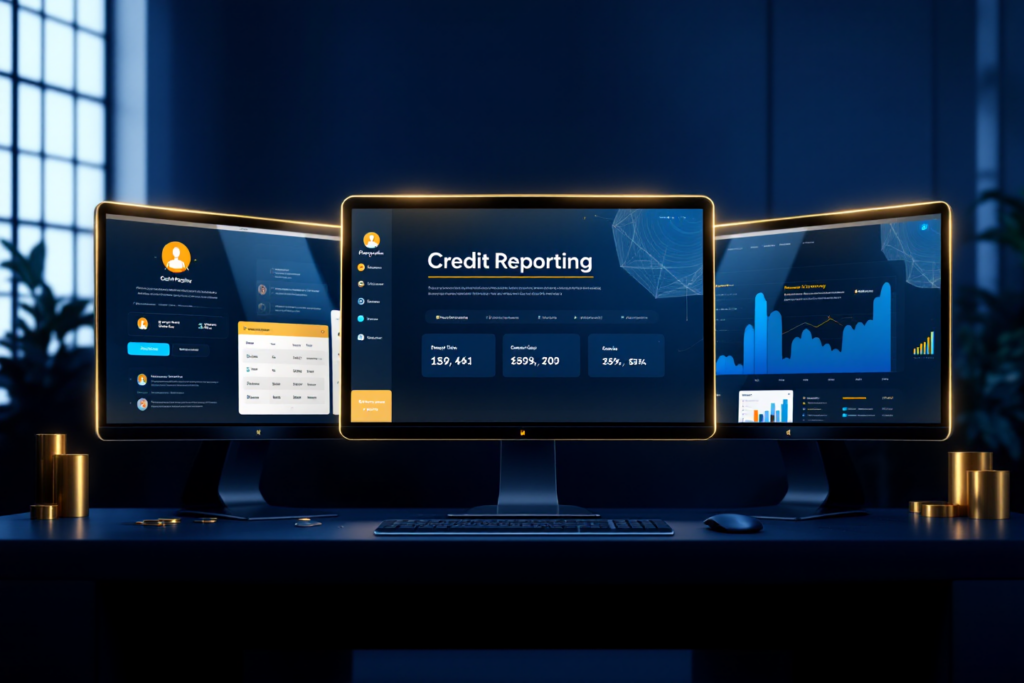Most people don’t check their credit report until something goes wrong — like getting denied for a credit card, a mortgage, or even a rental. But here’s the thing: you’re allowed to check it every year, for free. And doing so might help you catch fraud, fix mistakes, and stay in control of your financial life.
If you’ve never pulled your credit report before, don’t worry. You’re definitely not the only one. In this post, I’ll walk you through:
- What exactly a credit report is
- Where and how to get your free annual report
- What to look out for
- And what to do if something doesn’t look right
Part of the Series: Best Strategies for your Credit!
How to Improve Your Credit Score
├─ 10 Proven Boost Your Credit Score Strategies
├─ How to Build Credit with No History: Effective Steps
├─ How to Get Free Annual Credit Report in 3 Steps[Current Article]
├─ Best Secured Credit Cards for Beginners
├─ How Credit Utilization Affects Your Score
├─ Why Is Your FICO Score Different from Bank to Credit Card?
└─ How Late Payments Affect Your Score
Step 1: So… What Is a Credit Report?
Your credit report is basically your financial report card. It shows how you’ve handled credit over the years — things like:
- Which credit cards, loans, or mortgages you’ve opened
- How much you owe
- Whether you’ve been paying on time
- If you’ve ever had an account go to collections or filed for bankruptcy
- Who’s checked your credit recently (called “inquiries”)
These reports are created and maintained by the three major credit bureaus in the U.S.:
Whenever you apply for a loan, credit card, apartment, or even some jobs, the company might check your credit report. That’s why it’s so important to make sure everything on there is accurate.
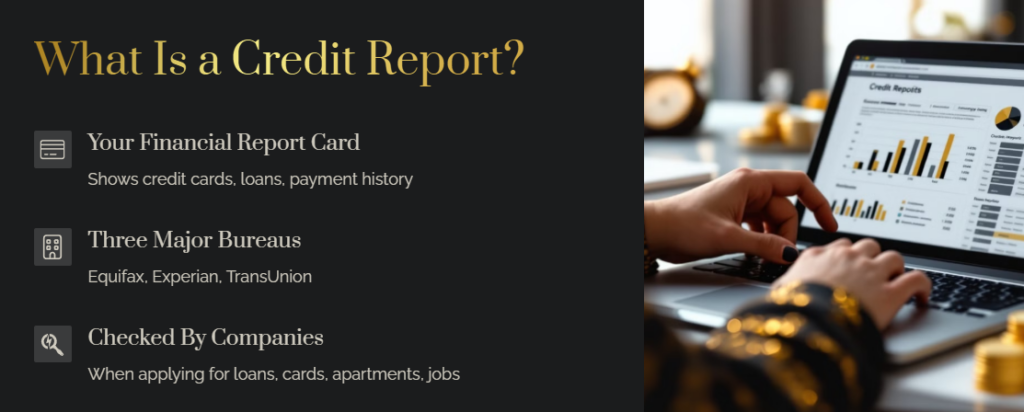
Step 2: Where Do I Get My Free Credit Report?
There’s only one official website the government has approved for free annual credit reports:
You can request one free report from each credit bureau every 12 months — which means you get up to 3 free reports per year.
📌 Tip: Instead of checking all three at once, consider spacing them out. For example, check one report every 4 months (Experian in January, Equifax in May, TransUnion in September). That way, you’re keeping tabs on your credit all year long — for free.
You can request your report in 3 ways:
- Online — fastest and easiest
- By phone — call 1-877-322-8228
- By mail — fill out the request form and send it in
⚠️ Watch out for fake websites or services that try to charge you. If it asks for your credit card, you’re probably in the wrong place.
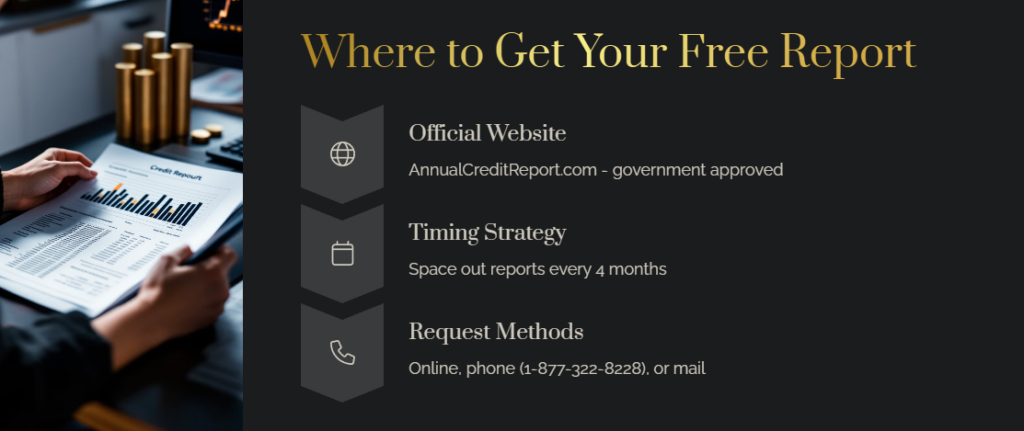
Wait — Isn’t This the Same as a Credit Score?
Nope. Your credit report and credit score are related, but they’re not the same.
- The credit report is a detailed list of your credit history — accounts, balances, payments, etc.
- The credit score (like FICO or VantageScore) is a 3-digit number that summarizes your credit risk based on that report.
The free annual credit report doesn’t automatically include your credit score, but some bureaus will show it for a small fee. The good news is: most credit card companies now show your score for free in their apps or statements — so you may already have access without knowing it.
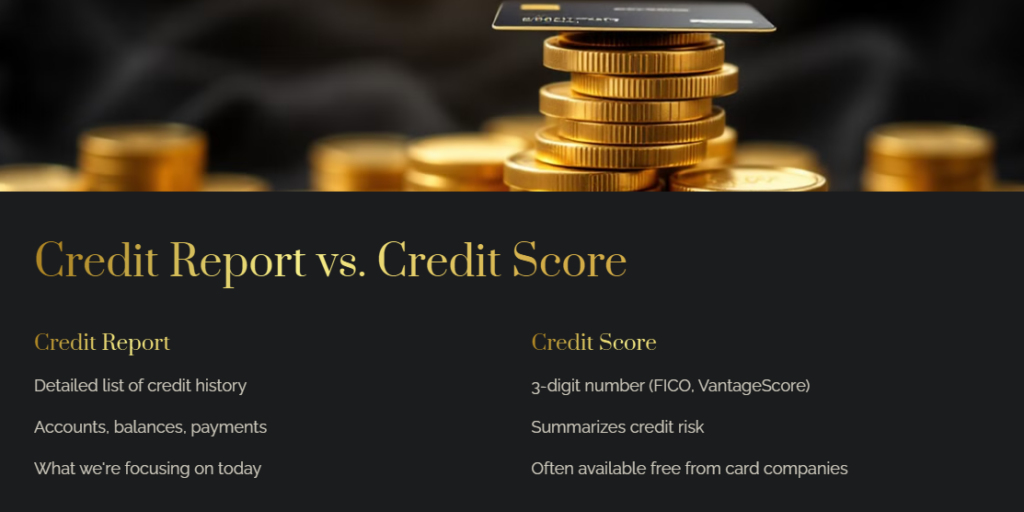
Step 3: Read Your Report — and Fix What’s Wrong
Here’s where things get important.
Go through your report and look carefully for:
- Accounts you don’t recognize
- Incorrect balances or credit limits
- Late payments that aren’t true
- Closed accounts that still show as open
- Old negative items that should’ve dropped off
Even a small error — like a wrong address or a duplicated account — could hurt your credit score or cause confusion with lenders.
📌 Tip: If you’ve been a victim of identity theft, your credit report is the first place you’ll see signs of it — like unfamiliar accounts or weird inquiries.
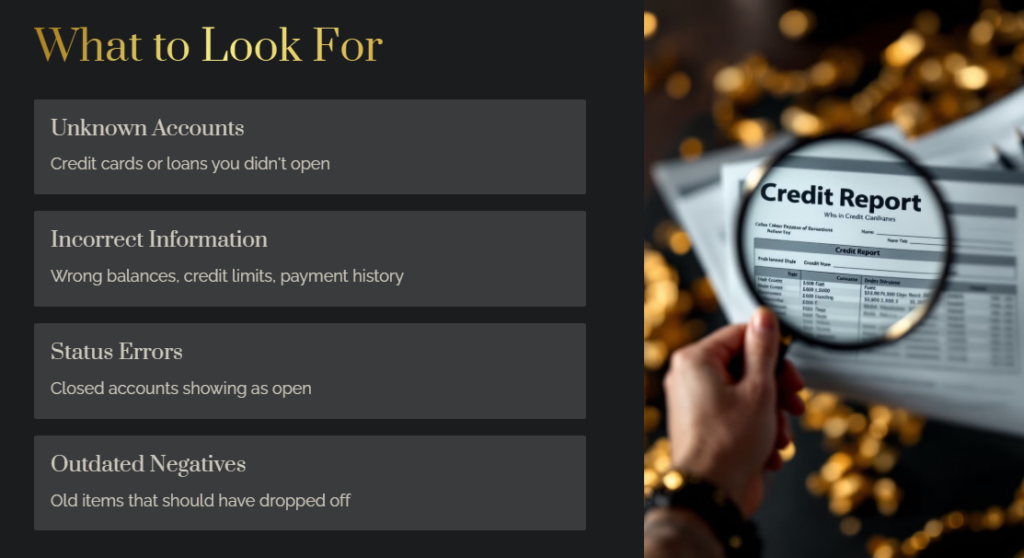
What If Something Looks Wrong?
Don’t just ignore it — you can dispute mistakes for free, and the credit bureau is required to investigate.
Here’s how to fix it:
- Go to the credit bureau’s website (Equifax, Experian, or TransUnion)
- Click on the section for disputing errors
- Explain what’s wrong and upload any proof you have (like payment receipts or account letters)
- The bureau has 30 days to investigate and respond
You can also print out the dispute form and send it by mail if you prefer.
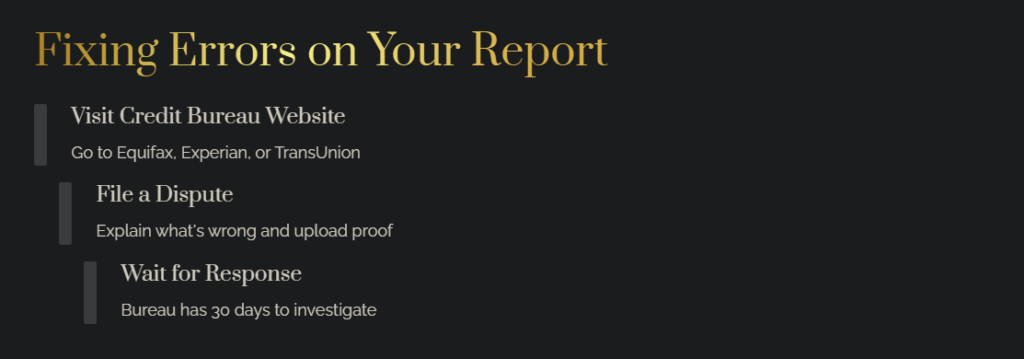
How Often Should I Check My Report?
At the very least, once a year — but there are times when checking more often makes sense:
- Before applying for a mortgage or loan
- If you’ve been denied for credit
- If you suspect fraud or identity theft
- If your credit card company notifies you of unusual activity
How to Stay on Top of Your Credit
| ✅ Step | 📌 Action |
|---|---|
| Go to | AnnualCreditReport.com |
| Choose | Equifax, Experian, and/or TransUnion |
| Review | Your credit report for accuracy |
| Dispute | Any errors you find (online or by mail) |
| Repeat | Every year — or more often if needed |
Why This Actually Matters
Checking your credit report might seem like a boring adult task… and maybe it is. But here’s the thing:
- It can help you catch fraud early
- It can protect your credit score
- It can save you money in the long run (better score = better interest rates)
So set a reminder, grab your coffee, and spend 15 minutes today checking your credit. Your future self will thank you.

